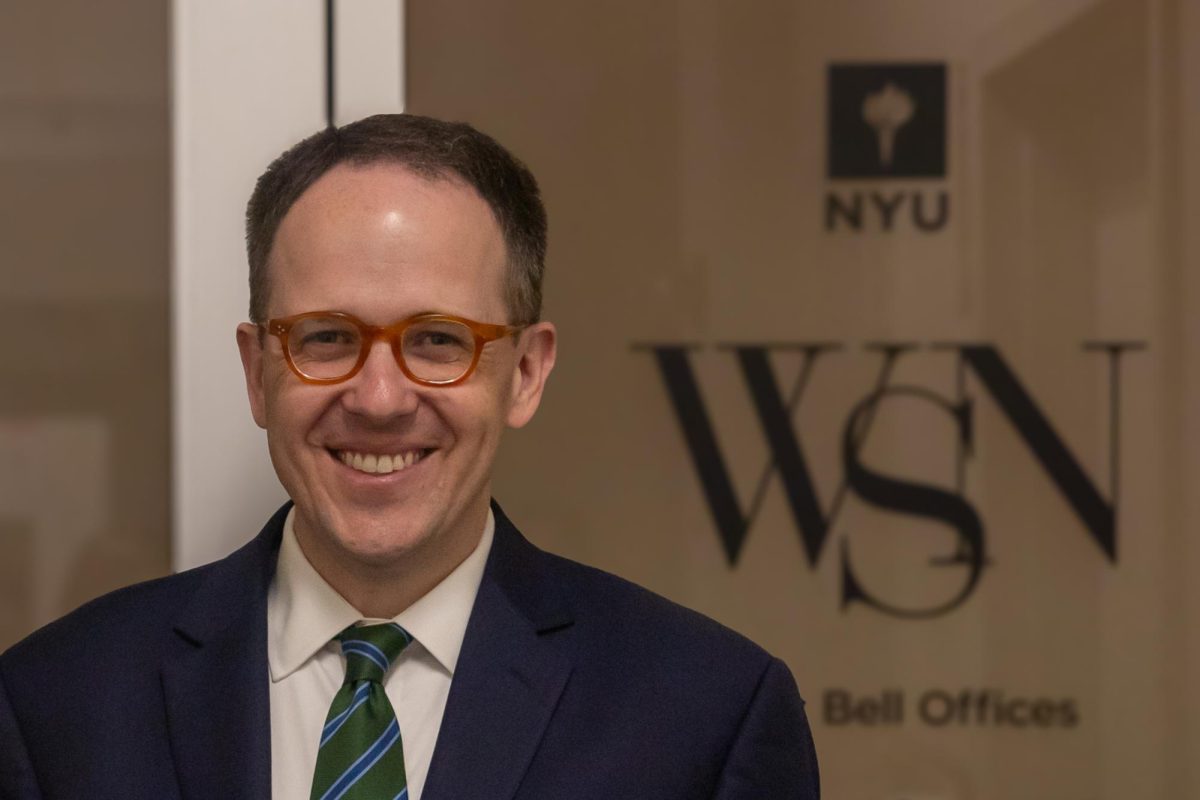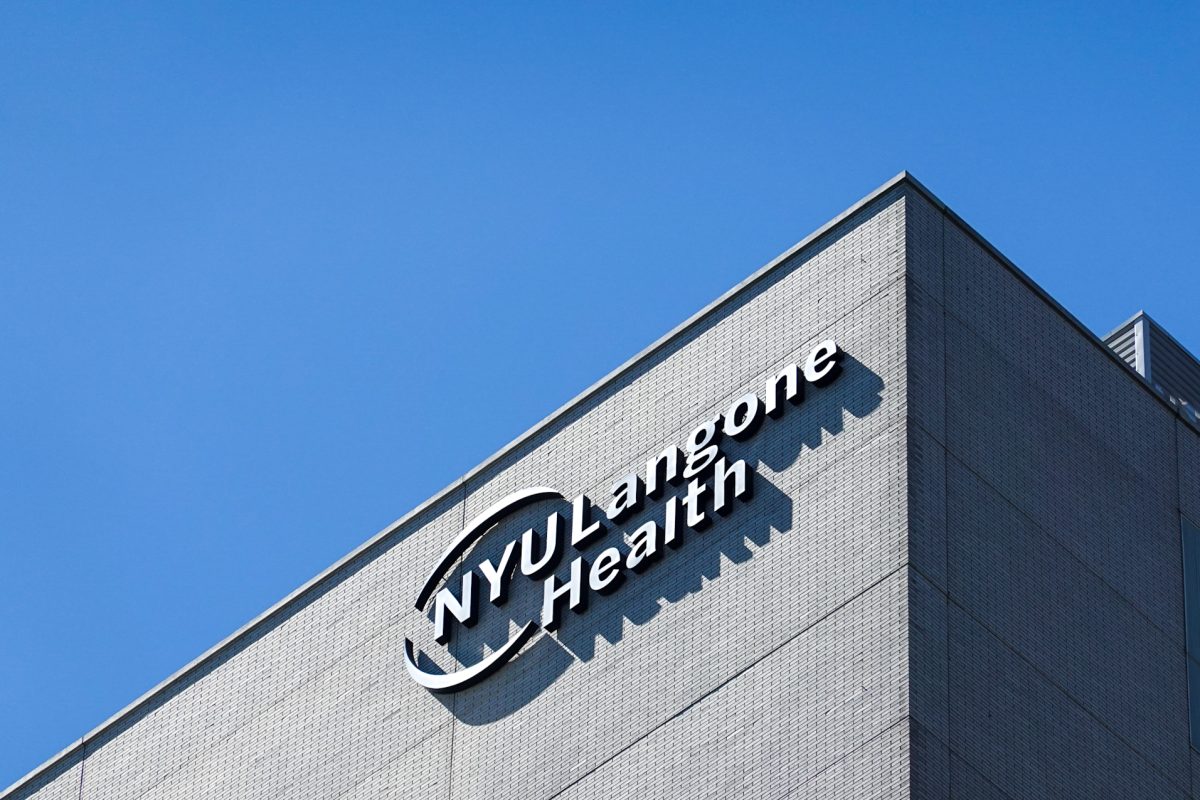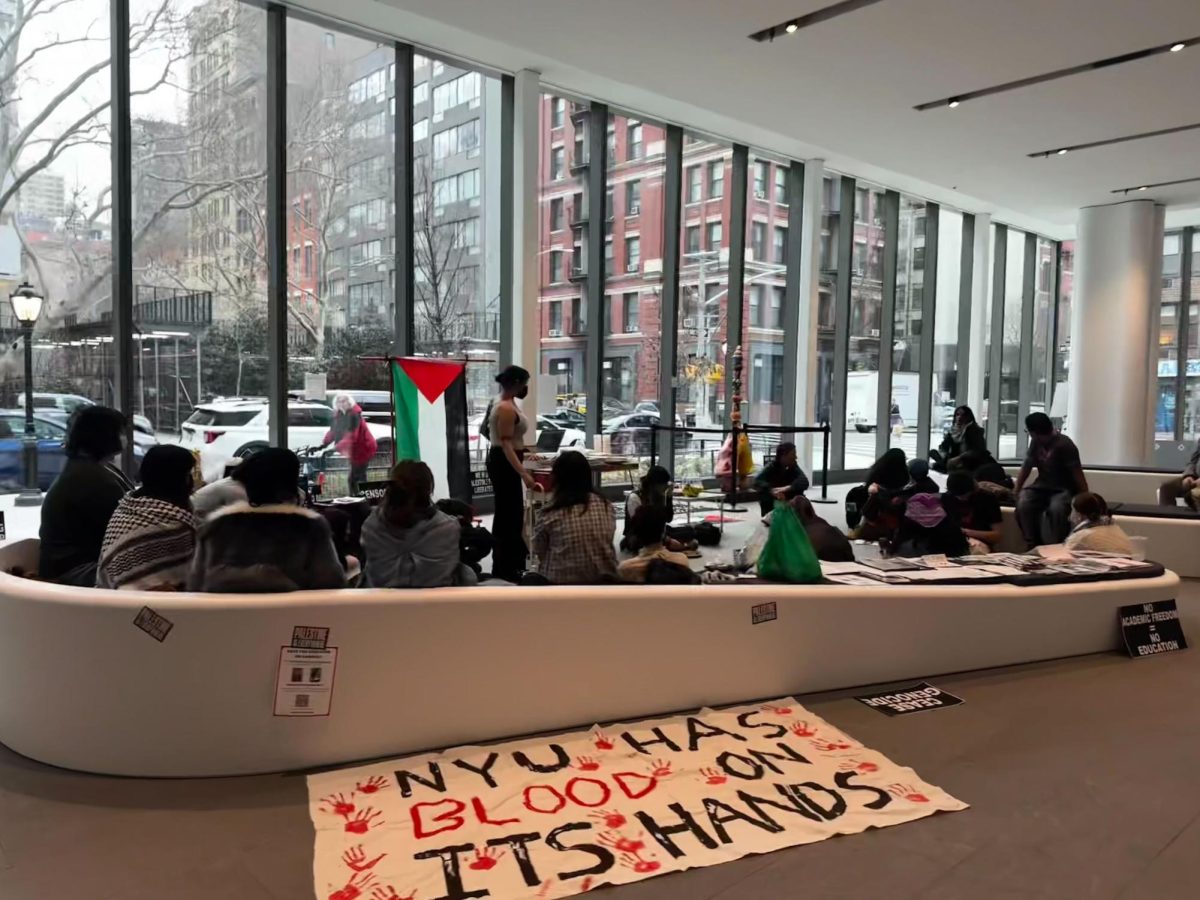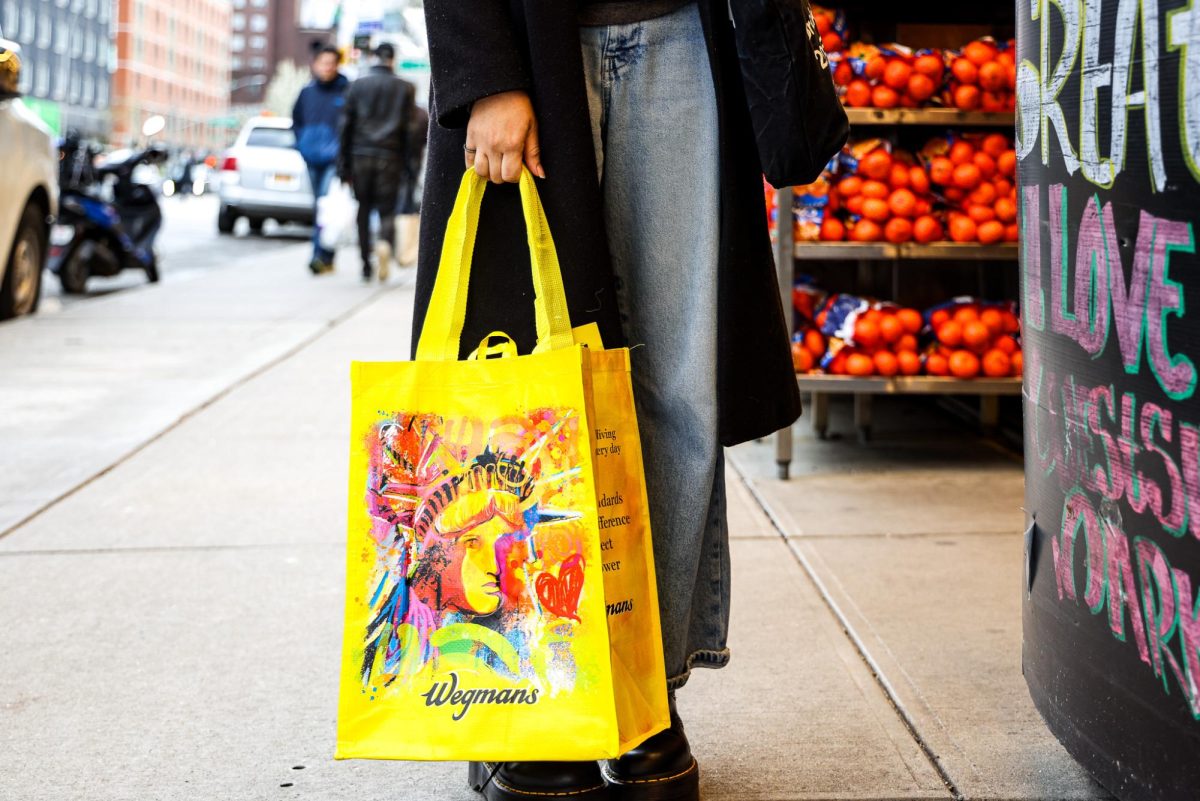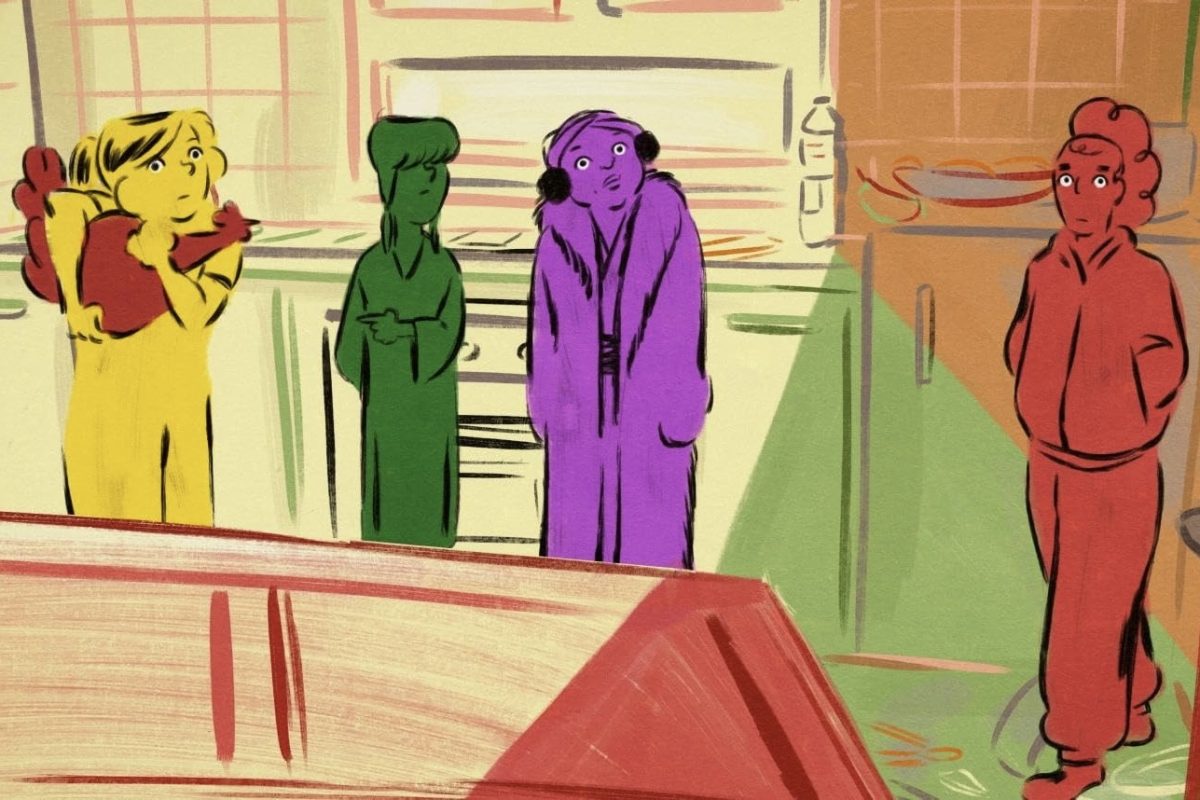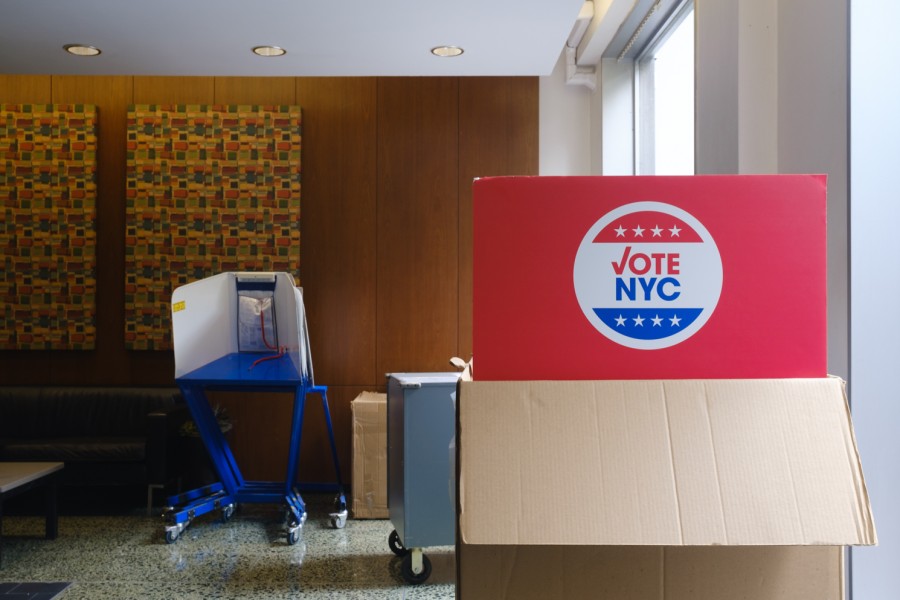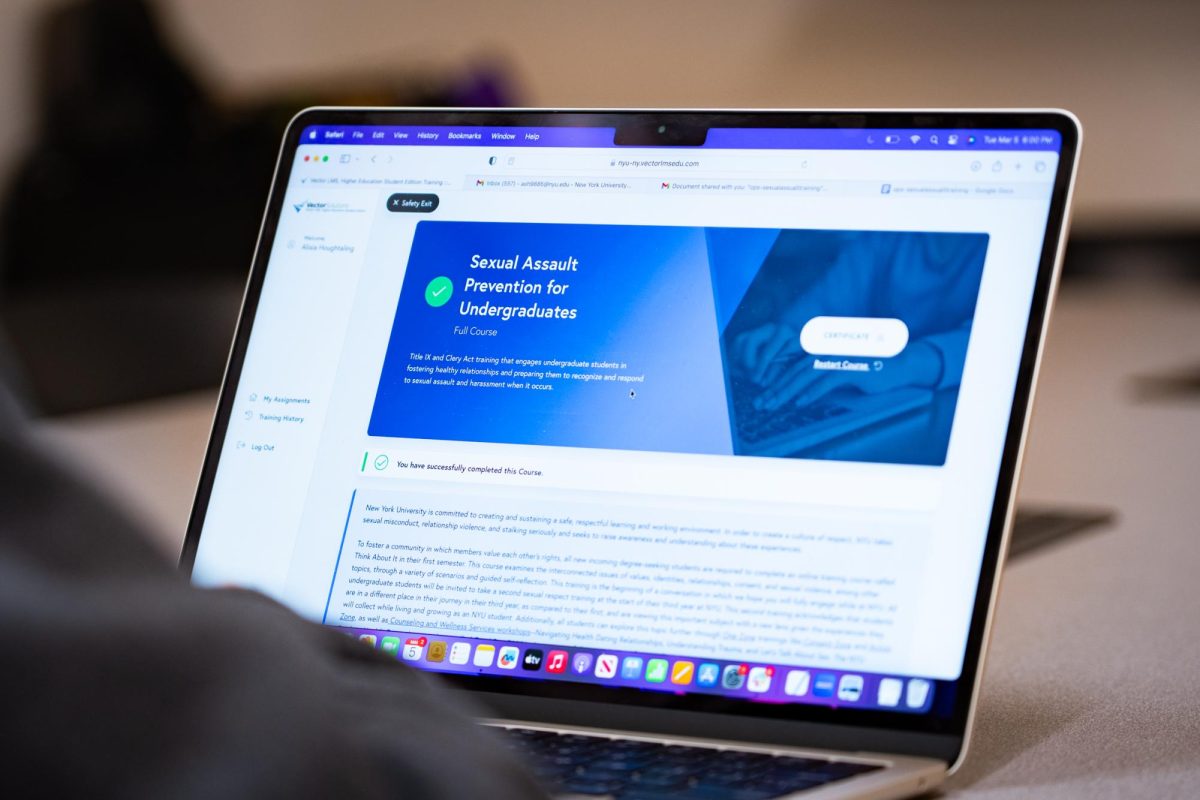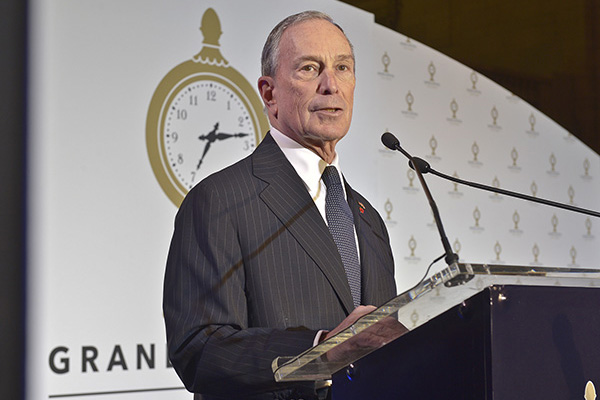
After 12 years in office, Mayor Michael Bloomberg will leave his position and a new mayor will be inaugurated. Since taking office in 2002, Bloomberg has impacted New York City in multiple sectors
Public Health
According to a 2010 document from New York State’s Department of Health, adult obesity grew from 17.7 percent in 2000 to 24.5 percent in 2010. In the city, 58 percent of adults are obese and roughly 40 percent of of students in kindergarten through eighth grade are obese.
Victor Rodwin, professor of health policy and management at the NYU Wagner Graduate School of Public Service, lauded Bloomberg’s efforts in health policy, namely his appointment of former health commissioner Thomas Frieden and current health commissioner Thomas Farley.
“The annual Community Health Survey based on a sample of 10,000 New Yorkers became an important tool for setting policy and was instrumental in developing the Take Care New York policy, the signature accomplishment of Commissioner Frieden,” Rodwin said. “The strategy to regulate tobacco consumption, and take on trans fats and soft drinks was begun under Frieden and has continued under his successor, Commissioner Farley.”
Bloomberg outlawed sugary drinks over 16 ounces in May 2012. The criticized ban did not last long, however, as New York State Supreme Court’s Appellate Division ruled the ban unconstitutional in June 2013.
According to the New York Times on Aug. 22, 2012, 60 percent of New Yorkers disliked the ban.
In 2007, Bloomberg created the Bloomberg Initiative to Reduce Tobacco Use.
Tobacco taxes have risen three times since Bloomberg took office — in 2002 the tax per pack of cigarettes was $1.11, while in 2010 the cost was $4.35. As of Oct. 30, 2013, Bloomberg said he will sign a City Council law that increases the age limit to purchase cigarettes from 18 to 21. The law will take effect six months after the signing.
Economics
Bloomberg raised property taxes and focused on city development, including the construction of Brooklyn Bridge Park and the High Line.
According to the website for the office of the mayor, the city has regained more than 300 percent of jobs that had been previously lost in the 2007 recession. However, the most re-cent unemployment statistics for the city indicate that as of August 2013, New York City’s unemployment rate was 8.7 percent, compared to the na-tional average in August of 7.3 per-cent.
Crime
According to the website for the office of the mayor, crime has decreased by more than 30 percent since 2001.
The controversial stop-and-frisk policy reached its highest number of cases in 2011, with 684,330 people stopped. In the policy’s appeal case before the State Supreme Court’s Appellate Court, the plaintiff submitted a report that surveyed over 2.8 million stops since 2004. Of the 2.8 million, 1.4 million were black individuals and roughly 840,000 were Hispanic. 290,000 were white. The highest suspected violation of the black and Hispanic brackets was a “minor property” violation, such as theft.
Despite the public’s outrage with the policy, Bloomberg and New York Police Department Commissioner Ray Kelly defended it.
Stop-and-frisk is currently on hold in the Appellate Court until after the new year when the next mayor takes office.
Hurricane Sandy
Bloomberg’s third term saw Hurricane Sandy and its damages to New York City. The city received $1.77 billion in federal funding for repairs. Lower Manhattan sustained large flooding damages, with water levels reaching up to 12 feet in some areas. In Lower Manhattan, 239,000 residents were without power for multiple days. Damages still exist, particularly sand and water damage in the N, R and Q lines.
The Mayor’s Fund to Advance New York City — a $60 million fund for emergency needs and long-term repairs from Hurricane Sandy — released a report on Oct. 28 that summarized the restoration project within the city.
“Our work is not yet over, but by making targeted investments that connected city agencies and local organizations, the Mayor’s Fund has made a major difference in the lives of many New Yorkers — and set a new standard for how cities can leverage private funds to address critical public needs,” Bloomberg said in the release.
However, his management of outer-borough repairs has been met with much criticism. Even some of his public visits to outer borough regions have been met with distaste. According to a New York Post article on March 2, Bloomberg was booed and heckled during a visit to Far Rockaway, and people held signs with slogans such as “Go back to Manhattan.”
The Election
A Marist College Poll, conducted in conjunction with NBC 4 New York and The Wall Street Journal, released on Nov. 1 found that 75 percent of the participants with an annual income under $50,000 want the next mayor’s policies to differ from Bloomberg’s.
City Residents
Since 2002, homeless shelters have almost doubled in size. Roughly 30,000 individuals stayed in overnight shelters in 2002. As of June 2013, 50,926 individuals stay in overnight homeless shelters, 42 percent of which are children.
“For the 47 percent of people in New York City at or below the poverty line, it has been dismal,” politics professor Christine Harrington said. “In fact just tracking the increase in homelessness and poverty and the loss of services to those populations over his term you would find that that’s been a disaster.”
In a Marist College poll, conducted in conjunction with NBC 4 New York and The Wall Street Journal, released on Nov.1, 49 percent of the participants found Bloomberg’s three terms to be “fair” or “poor.” Of the participants whose annual incomes are less than $50,000, 58 percent thought his terms was “fair” or “poor.” But 47 percent found his terms to be “good” or “excellent.”
“[Bloomberg] lives in a dream world, where people can survive in 200-square-foot apartments and the city’s working class is expendable,” Steinhardt sophomore Kyle Tieman-Strauss said. “That is not a city that I want to live in.”
A version of this article appeared in the Tuesday, Nov. 5 print edition. Patrick Anker is a staff writer. Email him at [email protected].










